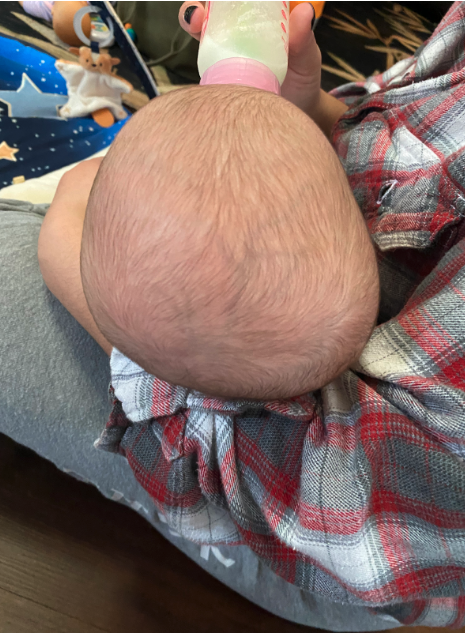How Physical and Occupational Therapy Can Help with Flat Head in Babies.
Watching your baby grow and develop is one of the most exciting things for a parent. It is also natural to be concerned about your baby's development, including the shape of their head. Flat head syndrome, technically known as positional plagiocephaly or brachycephaly, is a condition where an infant's head becomes flattened or asymmetrical due to prolonged pressure on one spot. Did you know s physical therapist can play a crucial role in correcting and preventing flat heads in babies?
1. Assessment and Diagnosis:
Physical or occupational therapists who specialize in infant/pediatric care can perform a thorough evaluation of your baby's head shape and overall musculoskeletal development. They will assess the extent of the flatness and identify any underlying factors contributing to the condition, such as limited neck movement or muscle imbalances.
2. Education and Guidance:
Physical or occupational therapists will educate parents on proper positioning techniques to prevent further flattening and promote active movement. They will offer valuable guidance on tummy time exercises, babywearing positions, and safe sleep practices to encourage babies to change positions frequently, thus reducing pressure on the affected areas.
3. Stretching and Strengthening Exercises:
Physical or occupational therapists will provide targeted stretching and strengthening activities tailored to your baby's needs. These exercises can help improve neck mobility, strengthen the neck/body muscles, and encourage your baby to actively move their head in all directions. If the underlying conditions, such as torticollis, or head shape has affected your baby’s motor skill development, a therapist will help your baby learn to move in the correct way to progress their milestones.
4. Assistive Devices:
In some cases, therapists may recommend the use of assistive devices such as positioning devices or helmets to promote more symmetrical head shape and correct alignment. These devices are designed to gently redirect pressure and facilitate proper head growth.It is important to remember that a helmet can usually be avoided if therapy is started early enough (3 months or younger) and your therapist is well versed in repositioning techniques.
5. Parental Support and Monitoring:
Physical and occupational therapists work closely with parents to provide ongoing support and monitor the progress of the treatment. They will assess changes in head shape, monitor motor development milestones, and make adjustments to the treatment plan as necessary.
Conclusion:
Flat head syndrome is a common condition among infants, but with early intervention and the assistance of a skilled physical or occupational therapist, it can be effectively managed. By taking proactive steps and implementing a comprehensive therapy program, parents can help their babies achieve optimal head shape, enhance motor development, and ensure long-term health. Remember, if you have any concerns about your baby's head shape, it's always best to consult with a healthcare professional or a qualified physical or occupational therapist specializing in pediatric care.
Consult with Year One Wellness to figure out how to help your baby’s head shape. We offer virtual consultation everywhere and in-person consultations in Austin, TX.


